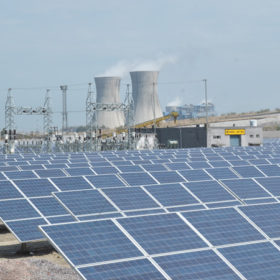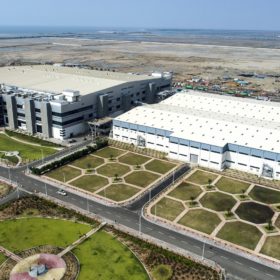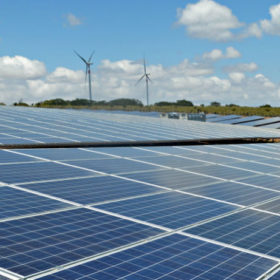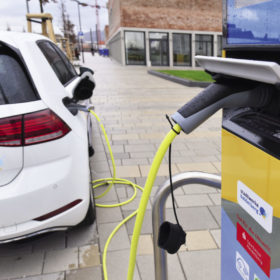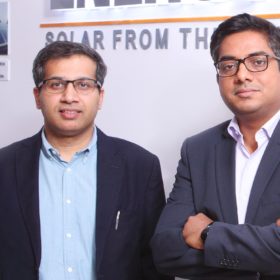NTPC tenders 1 GW grid connected solar projects
November 18 is the last date for interested bidders who are allowed to use cells and modules of any origin in the plant, which can be located anywhere in India. The projects are to be set up on develop-build-demonstrate-transfer basis.
Adani launches new solar and iron ore mining arms
Mundra Solar Energy will undertake installation and commissioning of solar projects. Kurmitar Iron Ore Mining, on the other hand, will carry out mining activities in the state of Chhattisgarh.
Bangladeshi developer accuses India of dumping poor quality panels over the border
Visitors to this year’s Solar Bangladesh Expo have called for the implementation of quality standards on solar imports – action which the government is currently pursuing – with one industry insider rubbishing Indian-made products.
SECI tenders 400 MW of renewables with storage option
The ISTS connected projects—to be developed on ‘build-own-operate’ basis—can be set up anywhere in India for round-the-clock power supply to New Delhi Municipal Council and Dadra & Nagar Haveli. December 3 is the last date for bidding.
White paper sums up e-transport policy progress across India
Range anxiety continues to be an obstacle to electric vehicle take-up but the nation’s willingness to embrace car-sharing and other workarounds offers plenty of promise to the sector, according a World Economic Forum report.
Interview: SunSource Energy says regulatory uncertainty is solar industry’s biggest challenge
The disparity between central and state government renewables policies must be resolved and renegotiating signed PPAs is an absolute no-no, according to the solar business’ bosses.
Andhra Pradesh regulator approves solar power tariffs
The latest blow in the political battle between clean energy project developers and an anti-renewables state government has seen the electricity regulator order power distribution companies to honor PPAs signed after a public tender.
ICRA downgrades 1.9 GW of wind, solar projects amid headwinds
Continuing delays in payments from utilities, regulatory uncertainty on tariff matters and tight financing have hit the industry hard.
Rajasthan tenders for 61 solar operated water pumping systems
The selected bidders are required to install and commission solar-based water pumping systems in various villages and towns of Jaipur district. Bidding closes on November 5.
CEL tenders off-grid solar in 4 states
The hybrid solar plants (with battery bank) shall come up at 34 railway station sites in the 4 states of Uttar Pradesh, Rajasthan, Assam and Bihar. Bidding closes on October 30.
